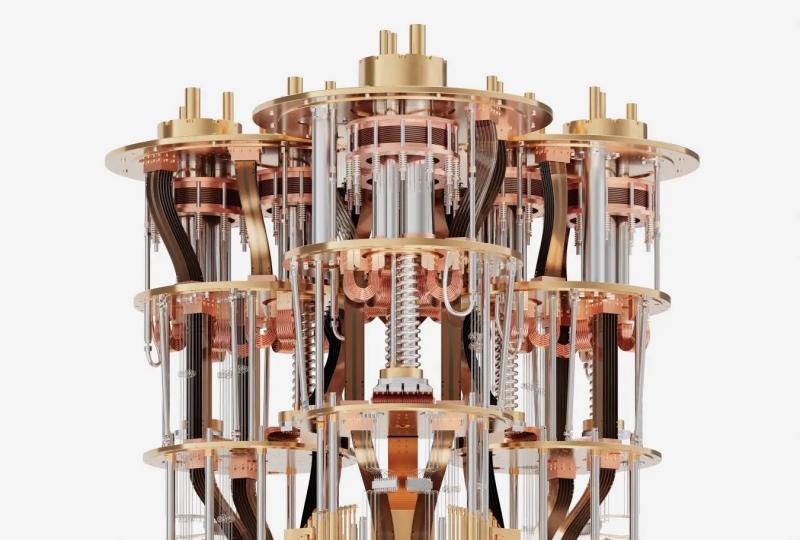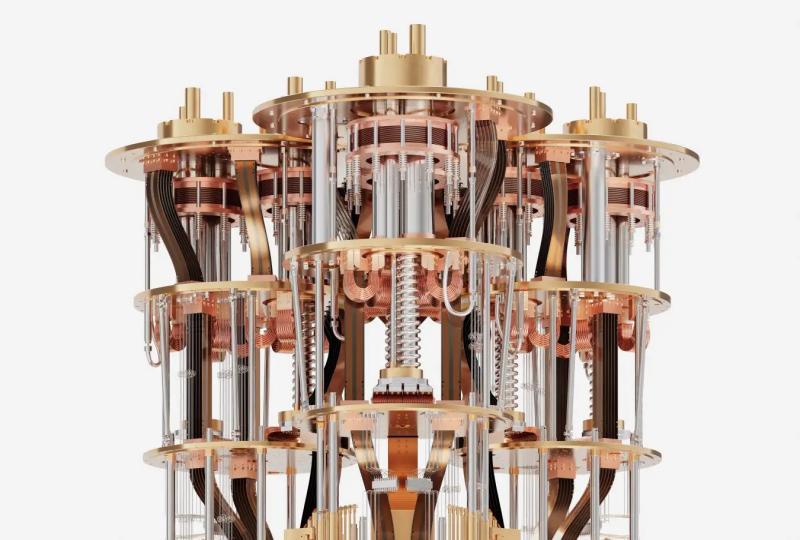Qubit in Quantum Computing: Principles, Types and Trends
2025.06.10 · Blog qubit in quantum computingwhat is a qubit in quantum computing
In the world of quantum computing, qubits are the fundamental units of information—just like bits in classical computers. But unlike classical bits that can only be 0 or 1, qubits can exist in a superposition of both states simultaneously. This unique property gives quantum computers their extraordinary power.
In this article, we'll explore everything about the qubit in quantum computing: how it works, the technologies behind it, different types of qubits, real-world applications, and the challenges that lie ahead.

What Is a Qubit in Quantum Computing?
A qubit (quantum bit) stores quantum information. It leverages the principles of superposition and entanglement, which give quantum computers their massive parallelism and speed potential.
Mathematically, a qubit's state is represented as:

Where α and β are complex numbers indicating probability amplitudes, constrained by the condition: |α|² + |β|² = 1.
This representation means that a qubit can be in multiple states simultaneously—a feature classical bits simply do not have.
How Qubits Work in Quantum Computing
The true power of quantum computing lies in how qubits interact. Here's how they behave differently from classical bits:
-
Superposition: Qubits can exist in combinations of states, enabling massive parallel computation.
-
Entanglement: Pairs (or groups) of qubits can be correlated in such a way that the state of one instantly affects the other—regardless of distance.
-
Interference: Quantum systems can use wave-like interference to amplify correct solutions and cancel out incorrect ones in a computation.
This allows a quantum computer to explore a huge number of possibilities simultaneously, solving problems far faster than traditional machines—if the right quantum algorithm is used.
Types of Qubits in Quantum Computing
Not all qubits are made the same. The physical implementation of a qubit can vary depending on the platform. Here are some of the most prominent types:
|
Qubit Type |
Description |
Used By |
|
Superconducting |
Electric currents in Josephson junctions |
IBM, Google, SpinQ (industrial) |
|
Trapped Ion |
Charged atoms in electromagnetic fields |
IonQ, Quantinuum |
|
Photonic |
Light particles (photons) as qubits |
Xanadu, PsiQuantum |
|
Topological |
Anyons in 2D materials (theoretical) |
Microsoft (in development) |
|
Neutral Atom |
Laser-controlled arrays of cold atoms |
QuEra, PASQAL |
Each has trade-offs in coherence time, gate fidelity, and scalability. Want to go deeper?
Explore Further Reading: 9 Types of Qubits Driving Quantum Computing Forward [2025]
Measuring the Quality of Qubits
The usefulness of a qubit in quantum computing doesn't depend only on quantity, but on several quality metrics:
-
Coherence Time: How long a qubit retains its quantum state.
-
Gate Fidelity: Accuracy of logic operations on qubits.
-
Qubit Connectivity: How easily qubits can interact with each other.
-
Error Rate: Frequency of errors in computation or state preservation.
These factors determine how scalable and reliable a quantum computer can be.
Applications of Qubits in Quantum Computing
Qubits are already being used in solving real-world problems in the NISQ (Noisy Intermediate-Scale Quantum) era. Here are key application areas:
-
Pharmaceuticals: Simulating molecules at quantum precision for drug discovery.
-
Finance: Optimizing portfolios and reducing risk using quantum algorithms.
-
Cybersecurity: Shor's algorithm poses a threat to RSA encryption.
-
Artificial Intelligence: Using quantum-enhanced models for faster learning.
-
Supply Chain & Logistics: Solving complex optimization problems.
Top quantum computing companies like IBM, SpinQ, D-Wave, and Google Quantum AI are actively collaborating with industries to test these applications on early-stage quantum systems.
Further Reading: Top 9 Quantum Computing Applications in Key Industries [2025]
Challenges in Qubit-Based Quantum Computing
While the promise is massive, challenges remain:
-
Decoherence: Qubits lose their state quickly due to environmental noise.
-
Error Correction: Requires many physical qubits to create one reliable logical qubit.
-
Scalability: Building large, fault-tolerant systems is technically demanding.
-
Hardware Complexity: Cryogenics, isolation, and control systems are still bulky.
Addressing these barriers is essential for moving from lab-scale systems to commercial quantum computing.
The Future of Qubits in Quantum Computing
The future of qubit-based quantum computing is evolving along two major trajectories.
#1 The Race to Quantum Advantage with Million-Qubit Systems
On one end, researchers and leading quantum companies are working toward fault-tolerant, large-scale quantum computing. This involves scaling to millions of high-fidelity, error-corrected qubits capable of solving industrial-grade problems in chemistry, finance, logistics, and beyond. Key innovations driving this vision include:
-
Modular quantum architectures, enabling scalable quantum processors
-
Quantum error-correcting codes such as surface codes
-
Hybrid quantum-classical systems, combining quantum processors with classical co-processing units
To reach quantum advantage—where a quantum computer outperforms the best classical supercomputers on a practical task—requires robust qubit platforms.
Several players are racing ahead:
-
Google aims to scale to 1 million superconducting qubits.
-
IBM has a roadmap to modular quantum systems.
-
SpinQ focuses on both education and industrial platforms, making qubits accessible now.
-
Xanadu and PsiQuantum are betting on photonic qubits for room-temperature scalability.
#2 Democratizing Quantum Hardware for Education and Research
At the same time, there's an equally important movement to make quantum hardware more accessible for education, experimentation, and early-stage research. This democratization of quantum technology ensures that students, educators, and emerging researchers can engage directly with real quantum devices—not just simulations.
SpinQ plays a pivotal role in this direction by developing accessible qubit platforms, including portable educational quantum computers that operate at room temperature. These devices lower the barrier to entry for hands-on quantum learning, enabling institutions and individuals worldwide to explore and teach quantum principles in real-world environments, without the need for cryogenic cooling or massive infrastructure.
Together, these two parallel futures—scalable quantum power and inclusive quantum access—are shaping a more robust and diverse quantum ecosystem.
Conclusion: Qubits Are the Heart of Quantum Computing
Understanding the qubit in quantum computing is the first step to grasping the potential and limits of quantum machines. From their strange quantum behavior to their growing industrial use, qubits are reshaping how we think about computation, optimization, and even reality.
Featured Content






